When you look at the Pabst Mansion, one of the first things you notice is its breathtaking architectural details. Every carved flourish and decorative element tells a story. One material that plays a significant role in the Mansion's exterior beauty is terra cotta.
What Is Terra Cotta?
Terra cotta, which translates from Italian to "baked earth," is a type of clay-based ceramic. It has been used for centuries in sculpture, pottery, and architecture due to its durability and versatility. Terra cotta is typically reddish-brown, but its color can vary depending on the minerals in the clay and the firing process.
Architectural terra cotta became popular during the 19th and early 20th centuries. It was often used for intricate decorative details that could be easily molded and replicated, making it a favorite for architects designing ornate buildings.
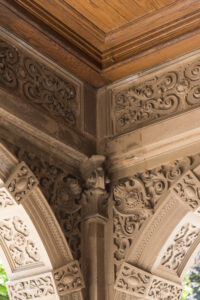
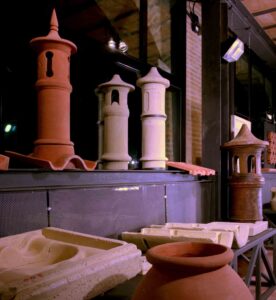
How Is Terra Cotta Made?
The process begins with clay, which is carefully shaped into the desired forms by hand or using molds. Once the design is perfected, the pieces are dried and then fired in a kiln at high temperatures, which hardens the clay and makes it weather-resistant. Depending on its intended use, terra cotta can be left unglazed or finished with a glaze to add color and a protective layer.
Terra Cotta at the Pabst Mansion
At the Pabst Mansion, terra cotta plays a starring role in the building’s exterior. The material was used to create intricate decorative elements. These elements added a sense of grandeur and artistry, reflecting Captain Pabst’s vision of a home that was both functional and a testament to his success.
The use of terra cotta at the Mansion was also practical. The material’s light weight and ability to be shaped into elaborate designs made it ideal for achieving the intricate aesthetic while maintaining structural integrity.
Terra Cotta Restoration
While terra cotta is durable, it is not invincible. Over time, exposure to the elements can cause cracking, chipping, and deterioration. This is especially true for pieces that were originally unglazed, as they are more vulnerable.
Pabst Mansion’s terra cotta features are showing signs of age, with cracks and missing pieces. This compromises both the building’s appearance and its structural integrity, as it leads to further water infiltration and loss of material. As part of the Pabst, Present, and Future capital campaign, restoring these elements is a top priority.
Specialized artisans are required to repair and replace the damaged terra cotta. When replacement is required, molds are created to replicate the original designs, ensuring that the restored elements are as close to the originals as possible. This work not only preserves the historical authenticity of the Mansion but also protects it from further deterioration.
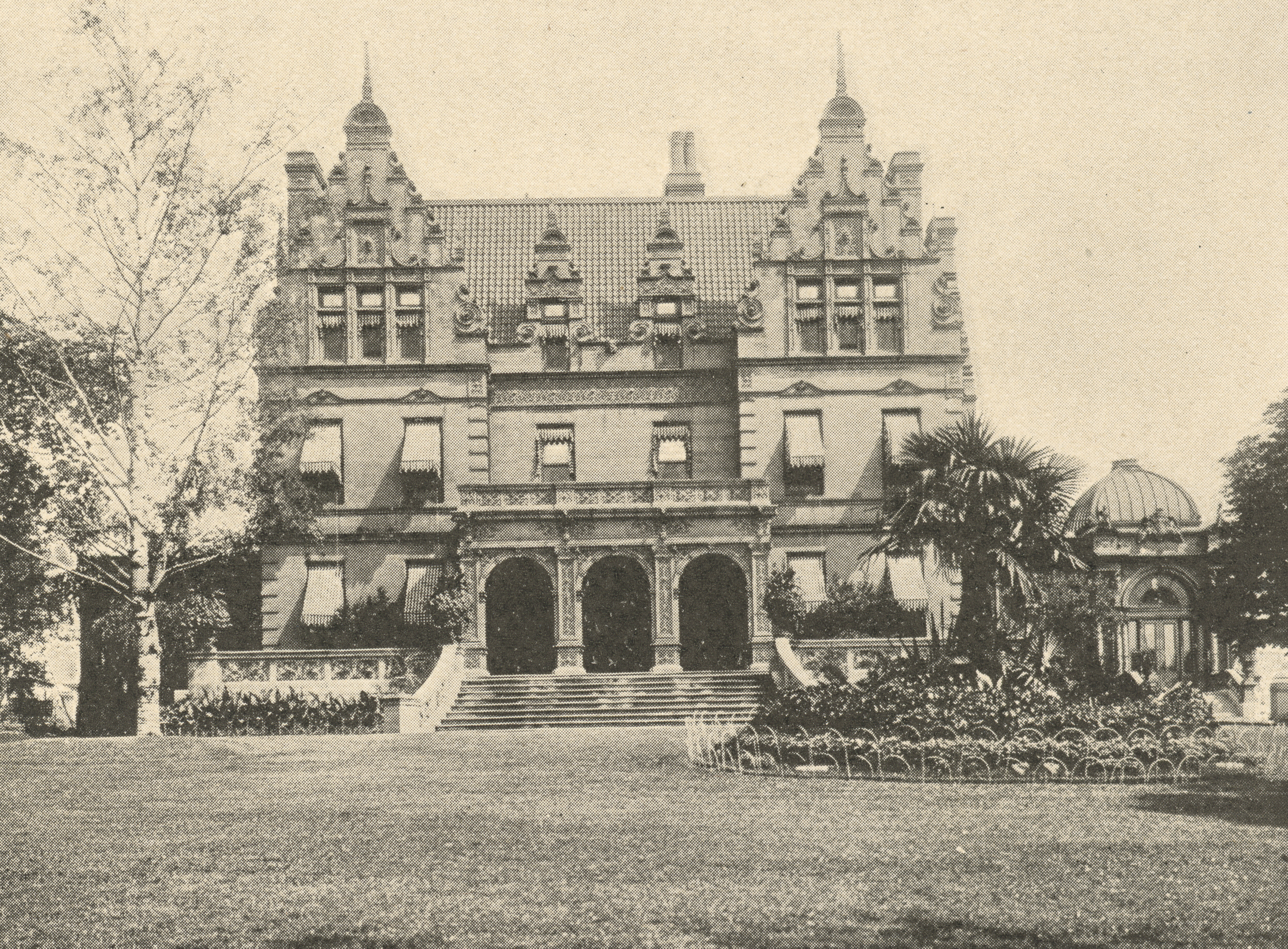
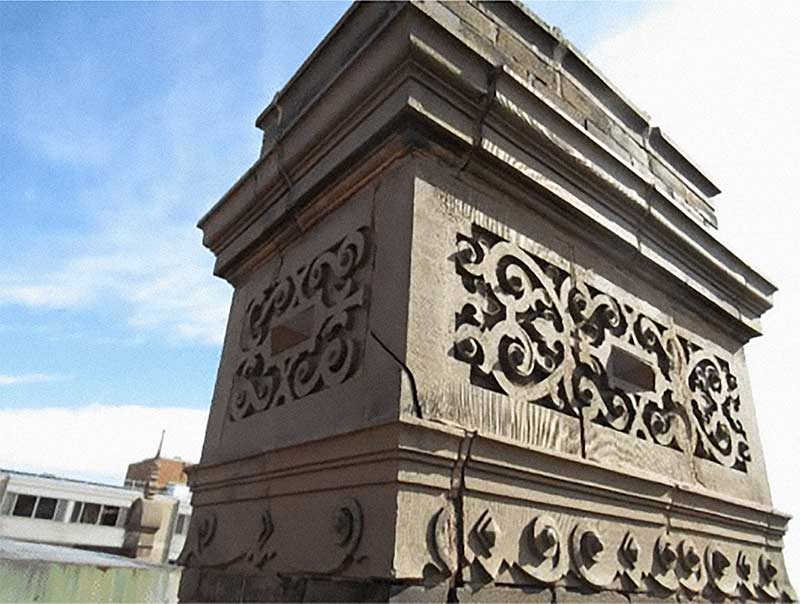
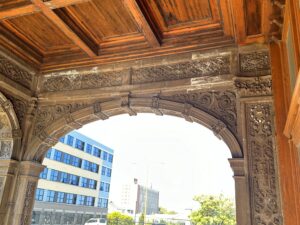
Why Is Terra Cotta Hard to Get Today?
While terra cotta was a common material in the 19th and early 20th centuries, it is much harder to source and work with today. One reason is the decline in demand. Modern construction methods favor materials like concrete and steel, which are faster and less labor-intensive to produce. As a result, the number of skilled artisans who specialize in crafting or restoring terra cotta has significantly diminished.
Another challenge is the complexity of the restoration process. For historical buildings like the Pabst Mansion, every piece of terra cotta must be carefully assessed to determine if it can be repaired or needs to be replaced. Replacement pieces often require custom molds to replicate the original design, which adds time and expense to the process.
Additionally, high-quality clay suitable for terra cotta production is not as readily available as it once was, and the kilns and equipment needed for firing large architectural pieces are increasingly rare. All these factors contribute to the high cost of terra cotta restoration projects.
Investing in the Future
The restoration of the Pabst Mansion’s terra cotta is about more than just maintaining a beautiful building; it’s about preserving a piece of Milwaukee’s history for future generations.
By supporting the Pabst Mansion’s capital campaign, you are helping to ensure that this incredible landmark continues to inspire visitors and tell its story for years to come. Together, we can preserve the past while investing in the future.
Stay tuned for the next blog in our series as we explore more fascinating details of the Pabst Mansion and the restoration efforts underway!

